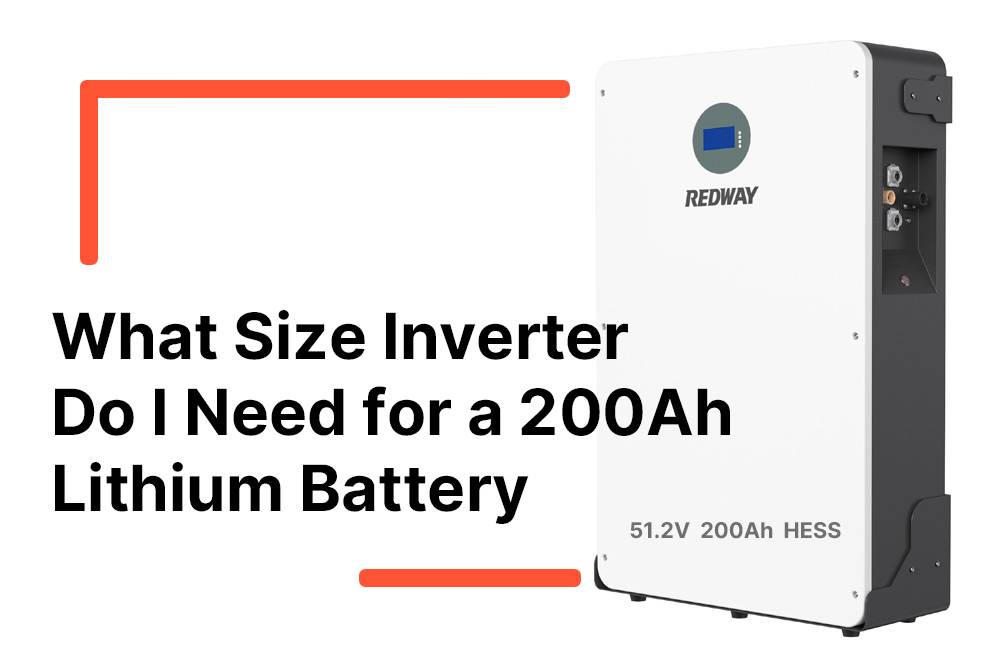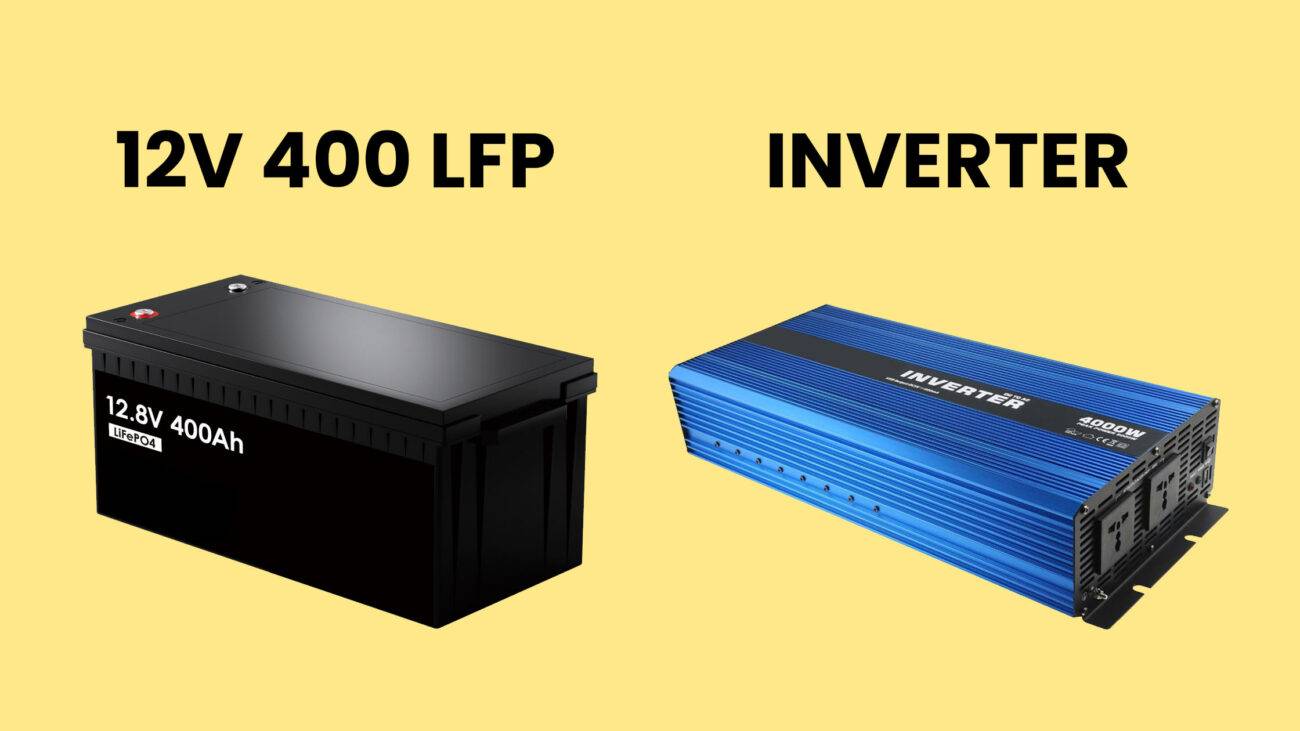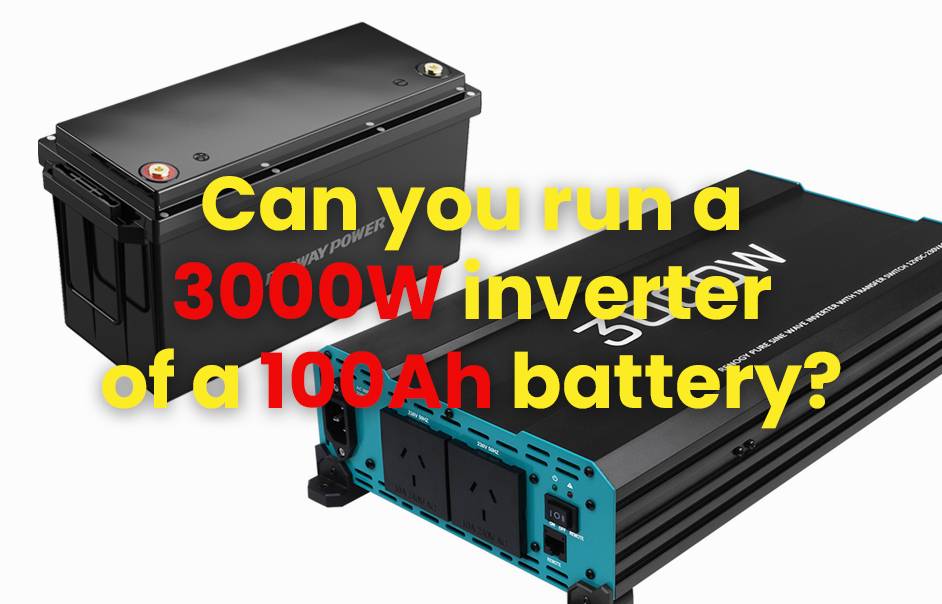- Lithium Golf Cart Battery
- Forklift Lithium Battery
-
48V
- 48V 210Ah
- 48V 300Ah
- 48V 420Ah (949 x 349 x 569 mm)
- 48V 420Ah (950 x 421 x 450 mm)
- 48V 456Ah
- 48V 460Ah (830 x 630 x 590 mm)
- 48V 460Ah (950 x 421 x 450 mm)
- 48V 460Ah (800 x 630 x 600 mm)
- 48V 460Ah (820 x 660 x 470 mm)
- 48V 500Ah
- 48V 560Ah (810 x 630 x 600 mm)
- 48V 560Ah (950 x 592 x 450 mm)
- 48V 600Ah
- 48V 630Ah
-
48V
- 12V Lithium Battery
12V 150Ah Lithium RV Battery
Bluetooth App | BCI Group 31
LiFePO4 Lithium
Discharge Temperature -20°C ~ 65°C
Fast Charger 14.6V 50A
Solar MPPT Charging - 24V Lithium Battery
- 36V Lithium Battery
- 48V Lithium Battery
-
48V LiFePO4 Battery
- 48V 50Ah
- 48V 50Ah (for Golf Carts)
- 48V 60Ah (8D)
- 48V 100Ah (8D)
- 48V 100Ah
- 48V 100Ah (Discharge 100A for Golf Carts)
- 48V 100Ah (Discharge 150A for Golf Carts)
- 48V 100Ah (Discharge 200A for Golf Carts)
- 48V 150Ah (for Golf Carts)
- 48V 160Ah (Discharge 100A for Golf Carts)
- 48V 160Ah (Discharge 160A for Golf Carts)
-
48V LiFePO4 Battery
- 60V Lithium Battery
-
60V LiFePO4 Battery
- 60V 20Ah
- 60V 30Ah
- 60V 50Ah
- 60V 50Ah (Small Size / Side Terminal)
- 60V 100Ah (for Electric Motocycle, Electric Scooter, LSV, AGV)
- 60V 100Ah (for Forklift, AGV, Electric Scooter, Sweeper)
- 60V 150Ah (E-Motocycle / E-Scooter / E-Tricycle / Tour LSV)
- 60V 200Ah (for Forklift, AGV, Electric Scooter, Sweeper)
-
60V LiFePO4 Battery
- 72V~96V Lithium Battery
- Rack-mounted Lithium Battery
- E-Bike Battery
- All-in-One Home-ESS
- Wall-mount Battery ESS
-
Home-ESS Lithium Battery PowerWall
- 24V 100Ah 2.4kWh PW24100-S PowerWall
- 48V 50Ah 2.4kWh PW4850-S PowerWall
- 48V 50Ah 2.56kWh PW5150-S PowerWall
- 48V 100Ah 5.12kWh PW51100-F PowerWall (IP65)
- 48V 100Ah 5.12kWh PW51100-S PowerWall
- 48V 100Ah 5.12kWh PW51100-H PowerWall
- 48V 200Ah 10kWh PW51200-H PowerWall
- 48V 300Ah 15kWh PW51300-H PowerWall
PowerWall 51.2V 100Ah LiFePO4 Lithium Battery
Highly popular in Asia and Eastern Europe.
CE Certification | Home-ESS -
Home-ESS Lithium Battery PowerWall
- Portable Power Stations
How to Determine the Right Size Inverter for a 200Ah Lithium Battery

Determining the right size inverter for a 200Ah lithium battery is essential for optimizing performance and ensuring reliable power supply in various applications. The ideal inverter size typically ranges from 1000W to 2000W, depending on your specific energy needs and peak power requirements. This guide will help you understand how to make this critical decision.
What is the relationship between inverter size and battery capacity?
The inverter size must align with the battery capacity to ensure efficient power delivery. A 200Ah lithium battery at 12V provides 2400 watt-hours (Wh) of energy, making it crucial to select an inverter that can handle both continuous loads and peak demands without overloading or depleting the battery too quickly.
| Battery Capacity | Voltage | Total Energy (Wh) |
|---|---|---|
| 200Ah | 12V | 2400Wh |
How do you calculate the ideal inverter size for a 200Ah lithium battery?
To calculate the ideal inverter size, follow these steps:
- Determine Total Wattage: Add up the wattage of all devices you intend to power.
- Calculate Usable Energy: For a 200Ah lithium battery, multiply by its voltage (e.g., 200 Ah×12 V=2400 Wh). However, only about 80% of this capacity should be used to ensure longevity.
- Select an Appropriate Inverter: Choose an inverter that can handle both continuous usage and peak power surges.
| Step | Calculation |
|---|---|
| Total Wattage | Sum of all device wattages |
| Usable Energy | 2400 Wh×0.8=1920 Wh |
| Recommended Inverter Size | Between 1000W and 1500W |
Why is it important to consider peak power requirements when sizing an inverter?
Some appliances require significantly more power to start than they do during normal operation, known as surge power. For example, refrigerators or power tools may need up to three times their running wattage at startup. Selecting an inverter that accommodates both continuous and surge loads prevents potential overloads and protects both the inverter and battery.
What are the key factors to consider when selecting an inverter?
When choosing an inverter, consider:
- Total Power Demand: Ensure the sum of all devices does not exceed the inverter’s capacity.
- Inverter Type: Decide between modified sine wave (cost-effective but less compatible with sensitive electronics) and pure sine wave inverters (better compatibility).
- Surge Capacity: Ensure that the inverter can handle initial surge loads.
- Battery Discharge Rate: Verify that your battery can safely discharge at the required rate.
How does inverter efficiency impact battery performance?
Inverter efficiency typically ranges from 80% to 90%, meaning some energy is lost during conversion from DC (direct current) to AC (alternating current). For example, if using a 1000W inverter with 85% efficiency, only about 850W is usable from your battery at any given time. This must be factored into your calculations to avoid overloading your system.
| Efficiency Rating | Usable Power Output |
|---|---|
| 80% | 1000W×0.8=800W |
| 85% | 1000W×0.85=850W |
| 90% | 1000W×0.9=900W |
What is the maximum load a 200Ah lithium battery can support with an inverter?
The maximum load depends on both the discharge rate of the battery and the specifications of your inverter. A typical 200Ah lithium battery can theoretically support up to about 2400W, but it’s recommended to limit continuous loads to around 1500W -1800W to prevent rapid depletion.
| Load Type | Maximum Continuous Load (W) |
|---|---|
| Safe Continuous Load | Up to 1500W -1800W |
| Peak Load | Up to approximately 2400W |
How can you ensure compatibility between your inverter and lithium battery?
To ensure compatibility:
- Check that the voltage ratings match (e.g., both should be rated at 12V, or adjust calculations accordingly if using higher voltages).
- Verify that the discharge rate of your lithium battery meets or exceeds what your inverter requires.
- Ensure that any additional features, such as communication ports or monitoring systems, are compatible with both devices.
Industrial News
Recent advancements in lithium battery technology have led to increased adoption in renewable energy systems, particularly in off-grid setups where reliable power is essential. Manufacturers are focusing on enhancing energy density and cycle life, making these batteries more appealing for applications like solar energy storage and electric vehicles. Additionally, new regulations are emerging around safety standards for inverters used with lithium batteries, ensuring better protection against overloads and failures.
Redway Power Insights
“Selecting the right size inverter for your 200Ah lithium battery is crucial not just for performance but also for safety,” explains an expert from Redway Power. “Understanding your power needs and considering factors like surge capacity will help maximize efficiency while prolonging both your battery’s life and your system’s reliability.”
FAQ Section
Q: What size inverter do I need for a 200Ah lithium battery?
A: An inverter size between 1000W and 2000W is typically recommended depending on your total wattage needs.Q: Can I use any type of inverter with my lithium battery?
A: It’s best to use pure sine wave inverters for sensitive electronics; modified sine wave inverters may not be suitable.Q: How do I calculate my total wattage needs?
A: Sum up the wattage ratings of all devices you plan to operate simultaneously.Q: Is it safe to discharge my lithium battery completely?
A: No, it’s advisable not to exceed an 80% depth of discharge to maintain longevity.

Top Competitors in Battery Solutions
Here are five alternative brands offering competitive options with notable specifications:
| Brand | Battery Type | Voltage Options | Inverter Size Options | Lithium Option Available |
|---|---|---|---|---|
| Redway Power | LiFePO4 | 12V, 24V | Up to 3000W | Yes |
| Jackery | Portable Power Station | Various | Up to 2000W | Yes |
| Goal Zero | Portable Power Station | Various | Up to 3000W | Yes |
| EcoFlow | Portable Power Station | Various | Up to 6000W | Yes |
| Bluetti | Portable Power Station | Various | Up to 3000W | Yes |
In conclusion, understanding how to size an inverter for a 200Ah lithium battery is crucial for ensuring optimal performance and reliability in various applications. By following proper calculations and guidelines, consumers can select an appropriate inverter that meets their energy needs effectively.
FAQs
Ideal Inverter Sizing for a 200Ah Lithium Battery System
The optimal inverter size for a system with a 200Ah lithium battery typically depends on the total wattage of the appliances it needs to power. Yet, one can consider inverters that can handle daily loads with some extra capacity to accommodate peak loads, often ranging between 1000W to 2000W.
Calculating the Correct Inverter Size for a 200Ah Lithium Battery
To determine the right inverter size for a 200Ah lithium battery, follow these steps:
- Identify Total Wattage: Sum up the wattage requirements of all devices you plan to operate.
- Consider Efficiency: Account for inverter efficiency, ranging from 80% to 90% for most models.
- Calculate Surge Requirements: Recognize that some appliances need extra power to start up.
- Final Sizing: Choose an inverter that meets these requirements with a margin for unforeseen power demands.
| Step | Detail |
|---|---|
| Total Wattage Calculation | Sum wattages of all devices |
| Efficiency Adjustment | Multiply by inverter efficiency (0.8-0.9) |
| Surge Requirements Addition | Add extra capacity for start-up surges |
| Final Inverter Size Selection | Choose inverter with a safety margin |
Duration a 200Ah Lithium Battery Powers a 2000W Inverter
If a 200Ah lithium battery is running at its full capacity, it can theoretically provide power to a 2000W inverter for about 1 hour. However, this duration can vary based on factors like the state of charge and temperature.
Efficiency of a Single 200Ah Lithium Battery Running a 1000W Inverter
A single 200Ah lithium battery can effectively run a 1000W inverter, offering a good balance between battery capacity and load, ensuring an extended operational period relative to the power demand.
Considerations for Pairing a 200Ah Lithium Battery with an Inverter
When matching a 200Ah lithium battery with an inverter, one should contemplate:
- Total Power Demand: Evaluate the combined wattage of all devices to be powered.
- Inverter Efficiency: Choose an inverter with high efficiency to maximize battery use.
- Surge Capability: Ensure the inverter can handle the initial surge power required by certain appliances.
- Battery’s Maximum Discharge Rate: Confirm the discharge rate is suitable for the inverter.
Maximum Inverter Load a 200Ah Lithium Battery Can Handle
The utmost load a 200Ah lithium battery can manage without exceeding its capacity is linked to its discharge rate, which is usually around 200A, translating to an inverter size up to approximately 2000W for short durations. It is crucial to check the battery’s specifications to avoid overloading.















